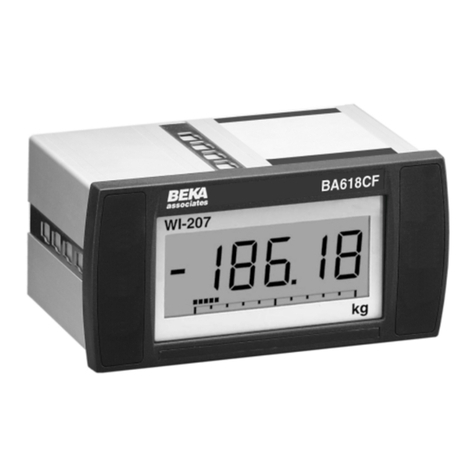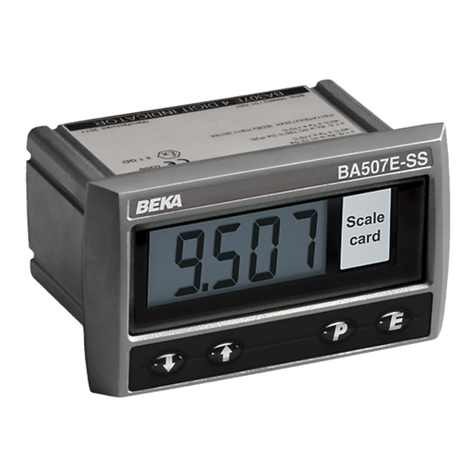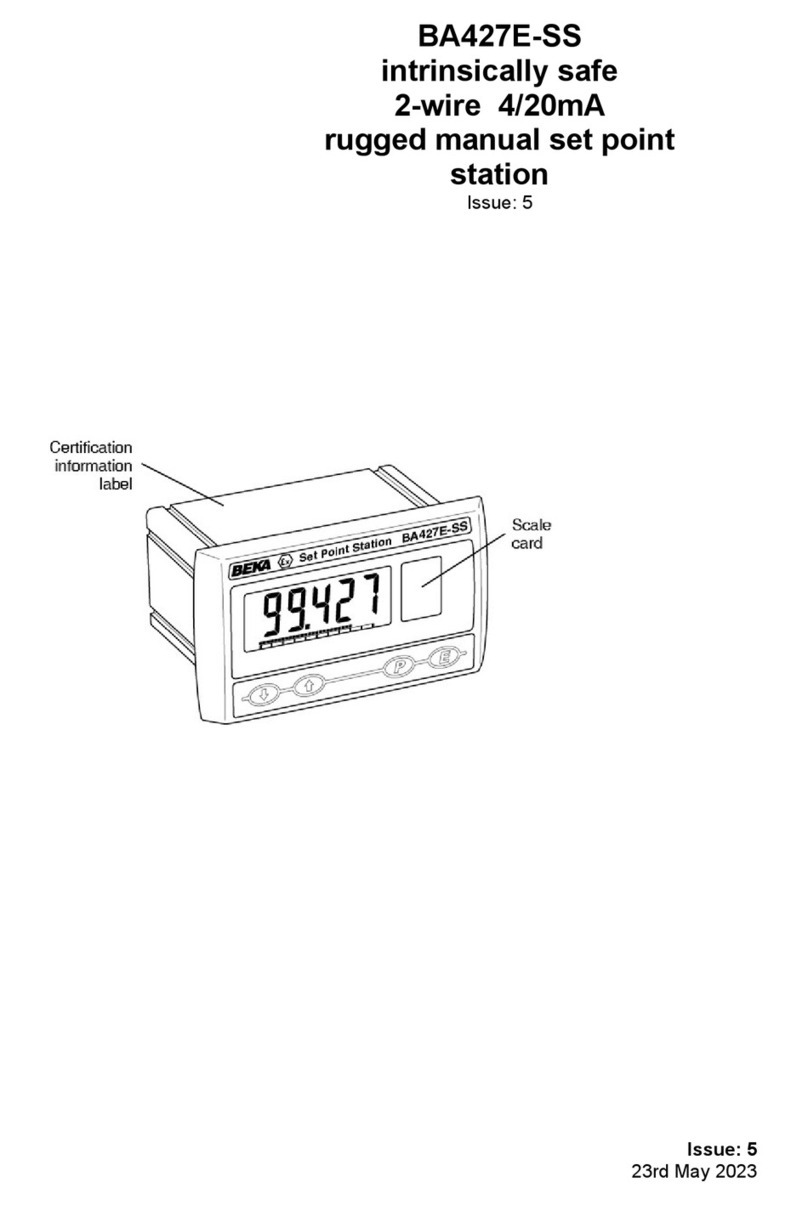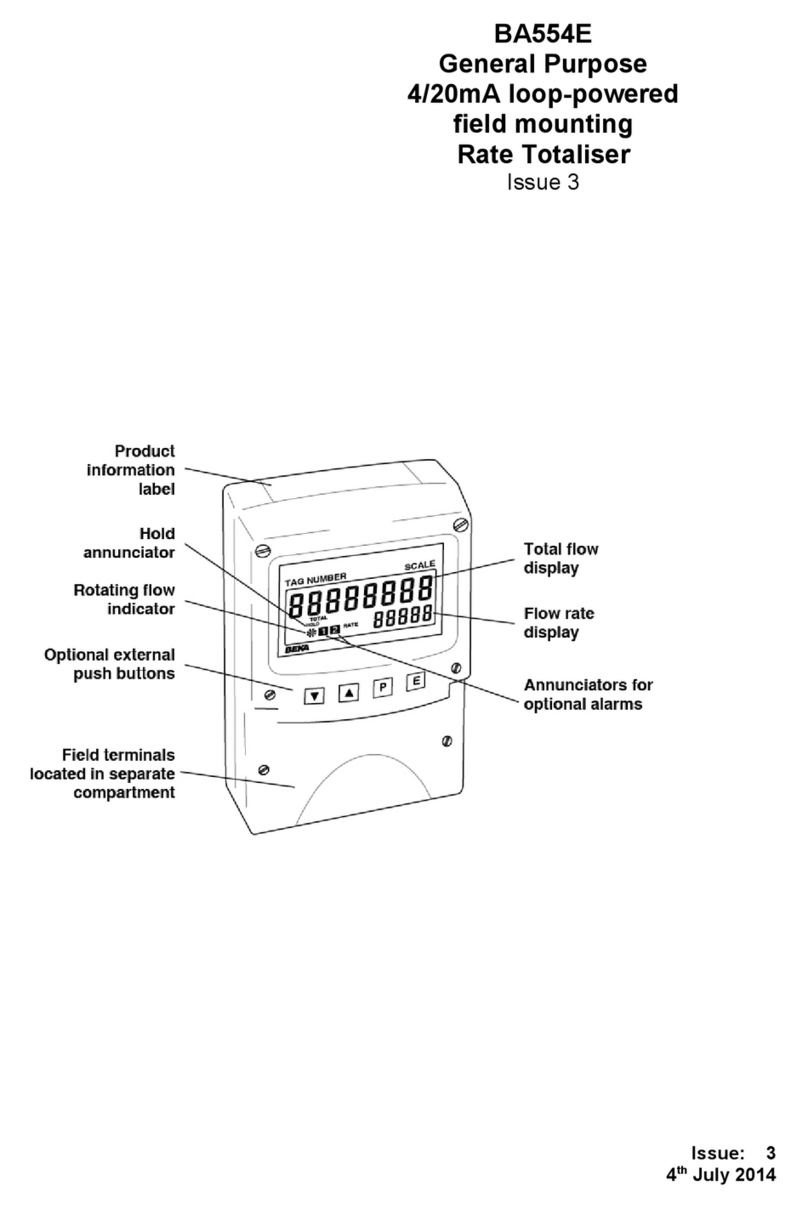BEKA Advisor A90-SS User manual
Other BEKA Measuring Instrument manuals
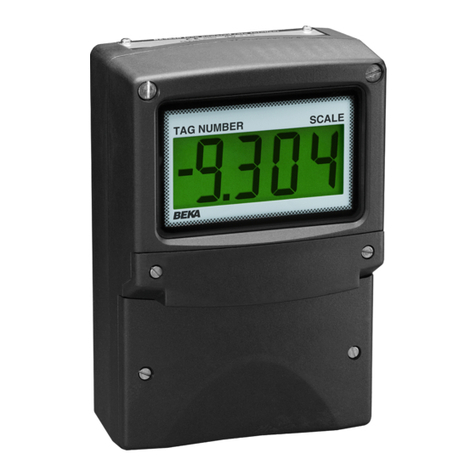
BEKA
BEKA BA304E User manual
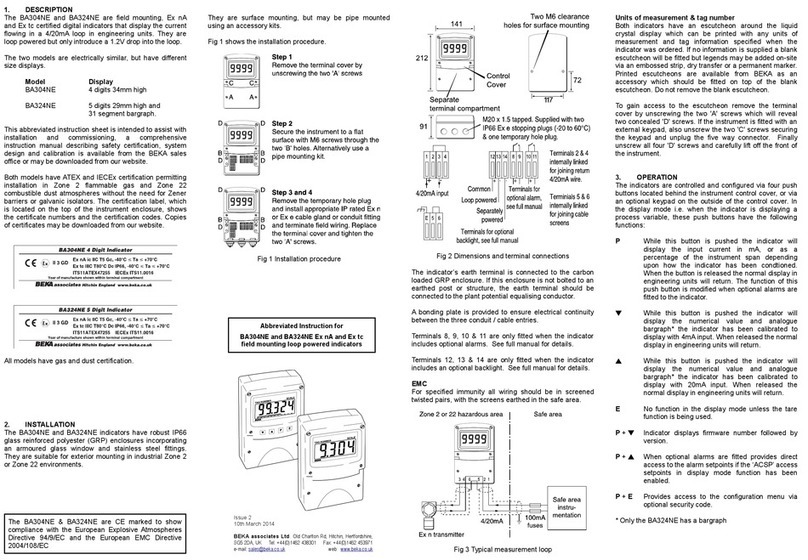
BEKA
BEKA BA304NE User manual

BEKA
BEKA BA527C User manual
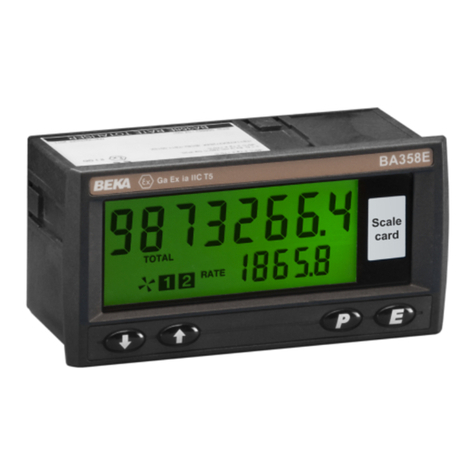
BEKA
BEKA BA358E User manual

BEKA
BEKA BA324D User manual
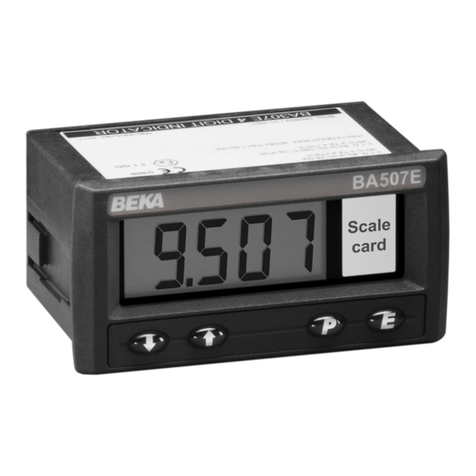
BEKA
BEKA BA507E Installation and operating instructions

BEKA
BEKA BA327E-SS User manual
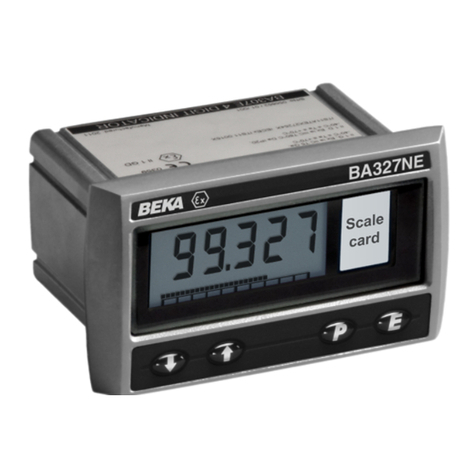
BEKA
BEKA BA327NE User manual
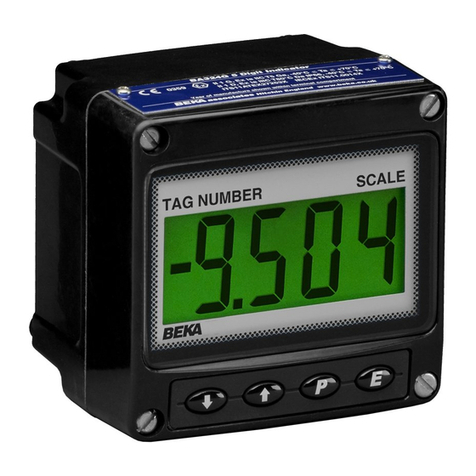
BEKA
BEKA BA504G User manual
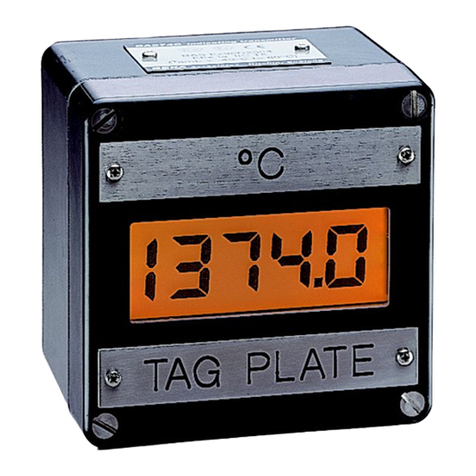
BEKA
BEKA BA304C User manual
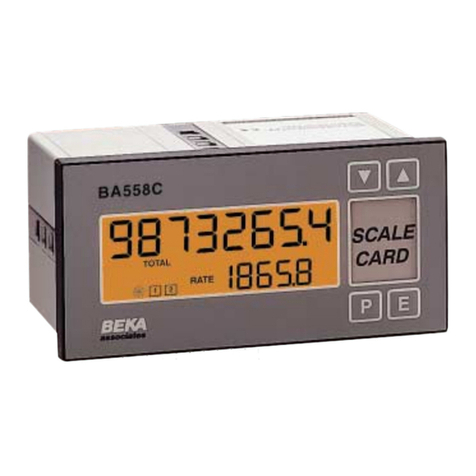
BEKA
BEKA BA558C User manual
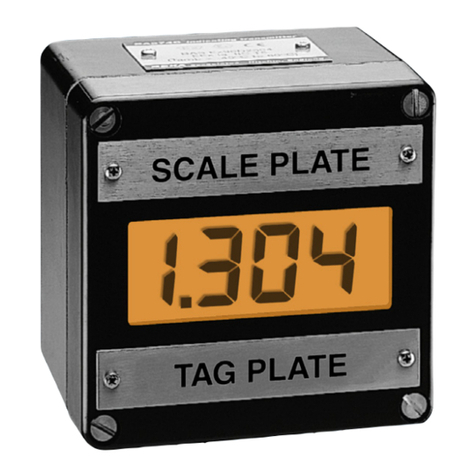
BEKA
BEKA BA304NC User manual
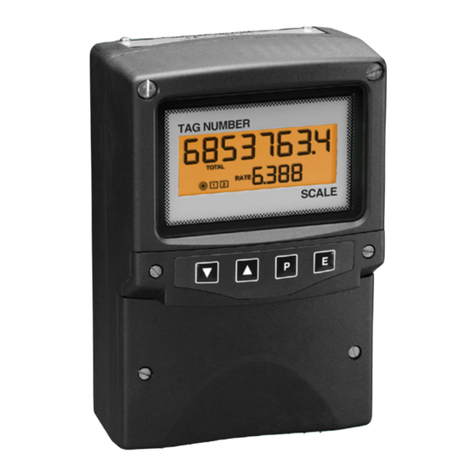
BEKA
BEKA BA554D User manual

BEKA
BEKA BA314E User manual

BEKA
BEKA BA304SG User manual
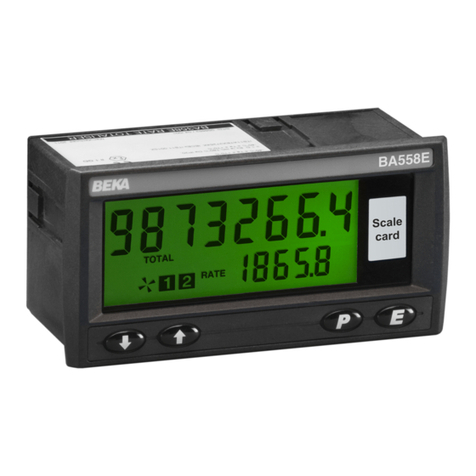
BEKA
BEKA BA558E User manual
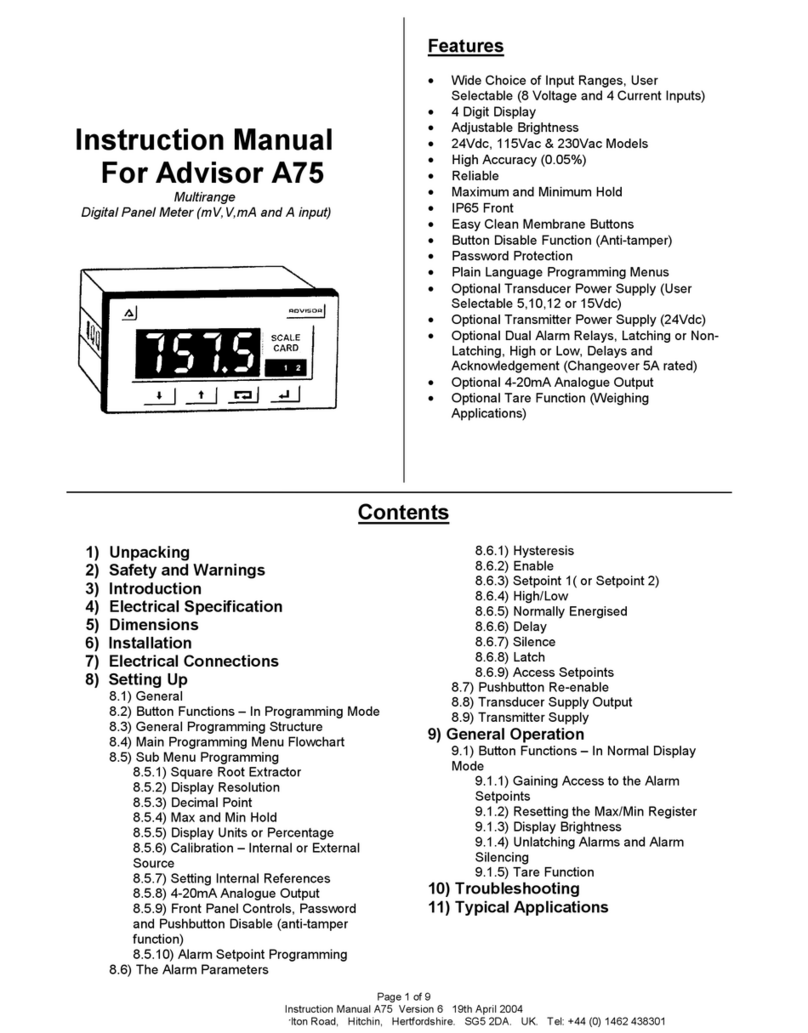
BEKA
BEKA Advisor A75 User manual
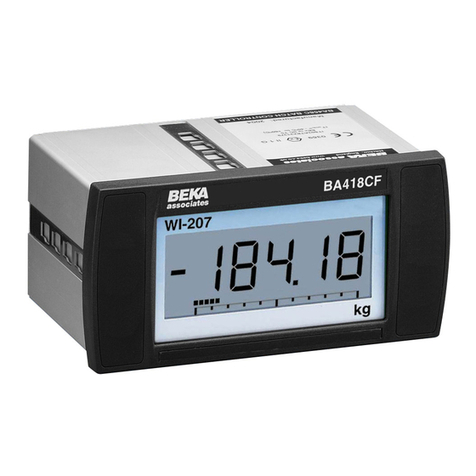
BEKA
BEKA BA418CF-F Installation and operating instructions

BEKA
BEKA BA307C User manual

BEKA
BEKA BA374NG User manual
Popular Measuring Instrument manuals by other brands

Powerfix Profi
Powerfix Profi 278296 Operation and safety notes

Test Equipment Depot
Test Equipment Depot GVT-427B user manual

Fieldpiece
Fieldpiece ACH Operator's manual

FLYSURFER
FLYSURFER VIRON3 user manual

GMW
GMW TG uni 1 operating manual

Downeaster
Downeaster Wind & Weather Medallion Series instruction manual

Hanna Instruments
Hanna Instruments HI96725C instruction manual

Nokeval
Nokeval KMR260 quick guide

HOKUYO AUTOMATIC
HOKUYO AUTOMATIC UBG-05LN instruction manual

Fluke
Fluke 96000 Series Operator's manual

Test Products International
Test Products International SP565 user manual

General Sleep
General Sleep Zmachine Insight+ DT-200 Service manual
